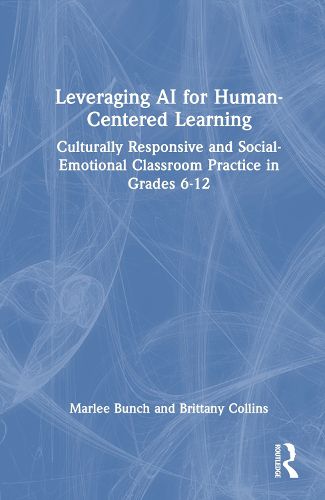Readings Newsletter
Become a Readings Member to make your shopping experience even easier.
Sign in or sign up for free!
You’re not far away from qualifying for FREE standard shipping within Australia
You’ve qualified for FREE standard shipping within Australia
The cart is loading…






Leveraging AI for Human-Centered Learning provides intentional approaches to the integration of artificial intelligence tools into middle and high school classrooms, specifically to foster equity and social-emotional wellbeing. The overlap of AI with today's school poses pivotal questions about ethics, morality, inclusion, and human learning at a time when students are already reckoning with public health crises, systemic injustice, and other connected challenges. This book helps teachers examine the pros and cons of artificial intelligence-as used by both teachers and students-as well as its implications for meaningful culturally responsive teaching and social-emotional learning efforts. Featuring activities, lesson plans, and discussion and writing prompts for use with adolescent learners, each chapter offers concrete pedagogical approaches and instructional innovations that align technological changes with learning objectives in ways that advance, rather than replace or neutralize, attention to equity and mental health.
$9.00 standard shipping within Australia
FREE standard shipping within Australia for orders over $100.00
Express & International shipping calculated at checkout
Leveraging AI for Human-Centered Learning provides intentional approaches to the integration of artificial intelligence tools into middle and high school classrooms, specifically to foster equity and social-emotional wellbeing. The overlap of AI with today's school poses pivotal questions about ethics, morality, inclusion, and human learning at a time when students are already reckoning with public health crises, systemic injustice, and other connected challenges. This book helps teachers examine the pros and cons of artificial intelligence-as used by both teachers and students-as well as its implications for meaningful culturally responsive teaching and social-emotional learning efforts. Featuring activities, lesson plans, and discussion and writing prompts for use with adolescent learners, each chapter offers concrete pedagogical approaches and instructional innovations that align technological changes with learning objectives in ways that advance, rather than replace or neutralize, attention to equity and mental health.